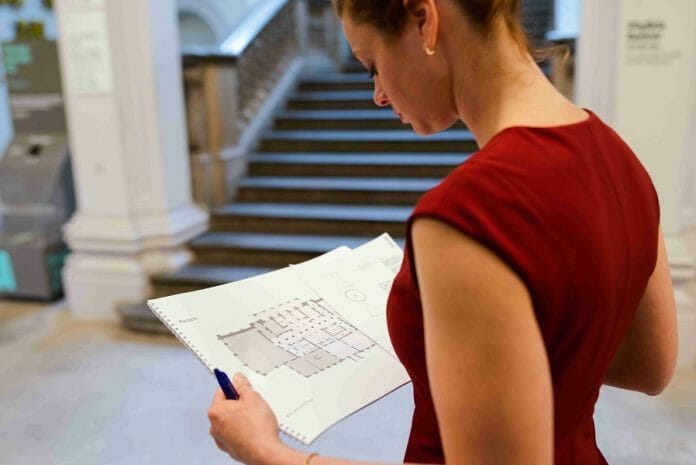By Adrian Un, CEO, SkyBridge International
Digitisation and PropTech (property technology) have been buzzwords in recent years, but following the impact of Covid-19 and the various Movement Control Orders (MCOs) on businesses and industry as a whole in Malaysia, they have become realities for home seekers, agents, developers and financial institutions alike.
Their influence is seen in numerous facets of the home ownership journey, from property research and project viewings to financing, credit assessment, purchasing and more, as innovative solutions provide accessibility, convenience and automation in areas where they have been lacking.
And while there will always be a place for the human touch in property, emerging technologies such as blockchain point towards ever-expanding horizons for PropTech applications, streamlining and facilitating property transactions in new and unforeseen ways as the property industry catches up to digitalisation in other fields.
Doing things digitally
In terms of immediate impacts, however, there’s no doubt that Covid-19 has changed the way we live. Property portals (76 percent), social media platforms (64 percent), and blogs and online articles (42 percent) are now the most popular sources of property information for home seekers, surpassing property agents (40 percent) and friends and family (29 percent), according to a recent study by PropertyGuru, the nation’s largest property site.
In addition, virtual tours are emerging as a favoured tool for younger home seekers aged 22-29, a demographic which has shown a surge of interest in home ownership following the MCO. This transition is timely, as Malaysia has historically been slower in adopting PropTech. For example, building information modelling (BIM) solutions had an adoption rate of just 17% among local players in 2016.
Today, video conferencing solutions such as Zoom and virtual platforms have become the de facto standard in connecting with potential purchasers and developers in other markets. In addition, integrated sales platforms such as FastKey are streamlining property transactions, reducing paper and logistics costs, and delivering data insights for organisations while eliminating legacy issues such as double bookings.
These data insights can also help business owners make timely and informed operational decisions. For example, real-time reporting allows managers to identify top performers and target areas for improvement, while facilitating the sharing of business performance with stakeholders across the board.
Finally, home loan eligibility solutions and mortgage marketplaces are making it easier than ever for home seekers to assess their financial reach and compare financing alternatives for property purchases. This is particularly relevant given the impacts of Covid-19 on employment and income in Malaysia, as well as recent developments in the domestic financing environment.
Personal connections in property
However, it’s telling that in each and every one of these, the human touch remains fundamental to the home ownership journey. For example, virtual tours are increasingly popular for property viewings and research, but many home seekers will still want to visit a project before committing to a purchase.
Such visits allow them to assess physical qualities such as build progress and quality, as well as the character of the site and surrounding location. As a rule of thumb, industry experts estimate that visual representations of projects can only deliver up to 80 percent of the purchasing experience.
Meanwhile, integrated sales platforms and virtual solutions, despite their organisational benefits, can’t duplicate the experience of a talented property agent or face-to-face client meetings (with appropriate social distancing), as closing a sale often depends on reading and responding to the body language of potential purchasers while answering their queries.
This is seen in Albert Mehrabian’s classic rule of thumb on intrapersonal communication, which found that 7 percent of human communication in specific situations comes from words, 38 percent from tone of voice and 55 percent from body language.
Finally, even home loan eligibility solutions, while still highly accurate, may not have the full range of behavioural scoring criteria that banks use to evaluate loan applicants available to them. Today, loan applications are more often than not routed to a bank’s head office, where their success or failure is decided by loan officers and underwriters.
In short, what we are seeing is that the role of digitalisation and PropTech in the home ownership journey is very much a complementary one, with the potential to enhance accessibility, address inefficiencies and shorten timeframes at every point of the process – particularly in the search, shortlisting, financing and finalisation stages.
Due to the financial commitment and emotional factors involved in property transactions, future innovation here is more likely to bridge existing market gaps and address pain points in the value chain, rather than replacing the human touch in property entirely. As we move forward into the new norm, we can rest assured that finding and owning a home will be easier than ever before.









